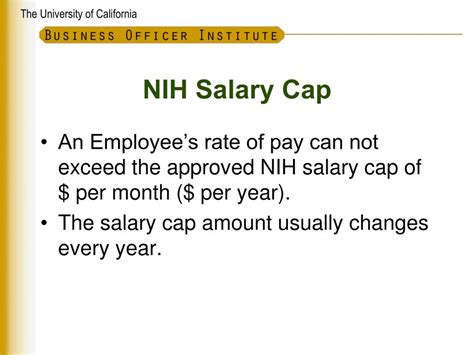Decoding the NIH Salary Cap: A Guide for Research Professionals
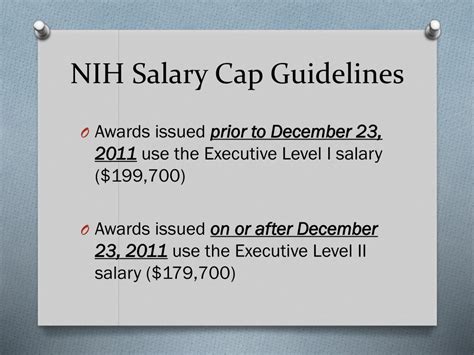
For those pursuing or established in a biomedical research career, securing funding from the National Institutes of Health (NIH) is a hallmark of success. While the potential for groundbreaking discovery is immense, it's equally important to understand the financial realities of this path. A key component of this is the NIH Salary Cap.
Contrary to what the name might suggest, the "NIH Salary Cap" is not a job title. It is a crucial fiscal policy that directly impacts the earnings of high-level researchers. Understanding this cap is essential for anyone aspiring to lead a research lab. For context, the effective salary cap for Fiscal Year 2024 is $221,900. This article will break down what this policy means, who it affects, and how it fits into the broader salary landscape for research scientists.
What Is the NIH Salary Cap and How Does It Work?

The NIH Salary Cap is a limitation imposed by the U.S. Congress on the amount of direct salary an individual can receive from an NIH grant or contract. Its primary purpose is to ensure responsible stewardship of taxpayer money by controlling the maximum salary rate the NIH will reimburse for work on its funded projects.
Here’s a simple breakdown:
- Who it affects: The cap applies to any individual whose salary is charged, in full or in part, to an NIH grant, cooperative agreement, or research and development contract. This typically includes Principal Investigators (PIs), senior scientists, and other key personnel.
- How it works: If a researcher's institutional base salary is higher than the current NIH cap, the NIH will only reimburse the institution up to the capped amount. For example, if a professor's annual salary is $250,000, and they dedicate 50% of their time to an NIH grant, the NIH will not pay 50% of $250,000 ($125,000). Instead, it will pay 50% of the $221,900 cap ($110,950).
- Covering the difference: The institution (e.g., a university or hospital) is responsible for paying the difference between the NIH's contribution and the researcher's actual salary using non-federal funds, such as endowment income or clinical revenue.
According to the official NIH Notice (NOT-OD-24-057), this salary limitation is tied to the federal Executive Level II pay scale, and the amount is subject to change annually.
Understanding Salary Levels for NIH-Funded Researchers
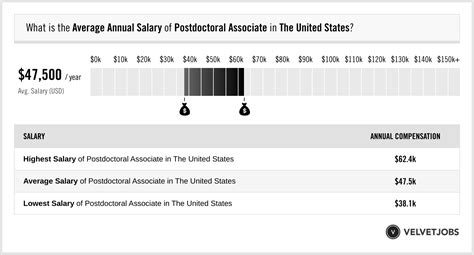
The salary cap only comes into play for senior, highly compensated professionals. The vast majority of researchers, especially those in early-career stages, earn salaries well below this threshold. The actual salary of a research professional is determined by their role, experience, and institution.
Here are typical salary ranges for careers commonly funded by the NIH:
- Medical Scientist: The U.S. Bureau of Labor Statistics (BLS) reports the median annual wage for medical scientists was $99,930 in May 2023. The lowest 10 percent earned less than $59,570, while the top 10 percent earned more than $167,590.
- Postdoctoral Research Fellow: Often the first step after a Ph.D., these positions typically have lower salaries. Data from Payscale shows an average salary of around $61,000, with a common range between $51,000 and $75,000.
- Principal Investigator (PI): This senior role involves leading a lab. According to Salary.com, the average Principal Investigator salary in the United States is $144,300 as of early 2024, but the range typically falls between $122,800 and $170,100. It is at this senior level and beyond that the NIH Salary Cap becomes a relevant factor.
Key Factors That Influence a Researcher's Salary
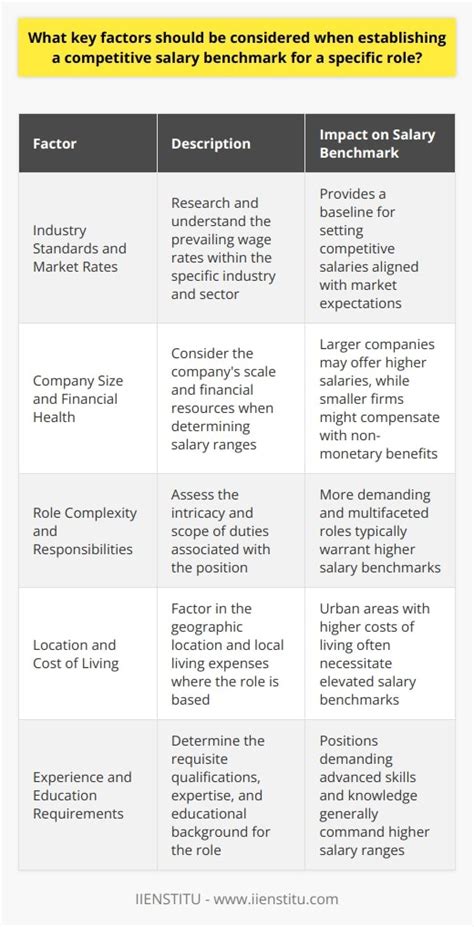
Several factors determine a research professional's earning potential, influencing whether their salary will ever approach the NIH cap.
### Level of Education
A terminal degree is standard in this field, but the type matters. A Ph.D. is the most common path. However, professionals with a Medical Degree (MD) or a dual MD/Ph.D. often command higher salaries, particularly in clinical or translational research settings, as they can combine research with patient care responsibilities.
### Years of Experience
Experience is one of the most significant drivers of salary growth. The career ladder directly reflects this:
- Postdoctoral Fellow: 1-5 years post-Ph.D., focused on training.
- Assistant Professor: The first independent faculty position, focused on securing initial grants.
- Associate Professor: An established researcher with a strong publication and funding record.
- Full Professor / Senior PI: A leader in their field, often with multiple major grants and a salary that may exceed the NIH cap.
### Geographic Location
Where you work matters. Major biotech and academic hubs have a higher cost of living but also offer higher salaries to attract top talent. According to Glassdoor data, a research scientist in a major hub like Boston or San Francisco can expect to earn 15-25% more than the national average. Consequently, senior researchers in these cities are more likely to have institutional salaries that surpass the NIH cap.
### Company Type
The nature of the employing institution has a major impact on compensation structure.
- Academic Institutions: State and private universities are the most common employers for NIH-funded researchers. Salaries are often public for state schools and can vary widely.
- Non-Profit Research Institutes: Organizations like the Dana-Farber Cancer Institute or the Salk Institute often offer competitive salaries that may be higher than traditional academic posts.
- Hospitals and Medical Centers: Researchers based in hospitals, especially those with clinical duties, can earn significantly higher salaries, making the NIH cap a frequent consideration for funding their research time.
### Area of Specialization
Demand for expertise in specific fields can increase earning potential. Hot areas like immunology, oncology, neuroscience, and computational biology may offer more competitive salaries and funding opportunities than less-sought-after disciplines.
Job Outlook for Research Scientists
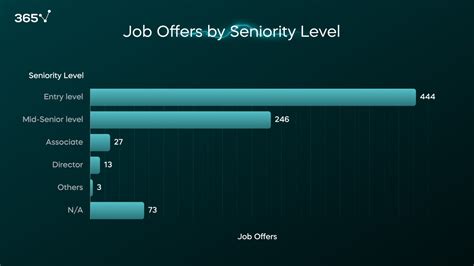
For those considering a career in this field, the future is bright. The U.S. Bureau of Labor Statistics projects that employment for Medical Scientists will grow by 10 percent from 2022 to 2032, which is much faster than the average for all occupations.
This robust growth is driven by an aging population and a continued societal focus on finding cures and treatments for diseases like cancer, Alzheimer's, and diabetes. This translates to sustained demand for talented researchers and continued investment in biomedical research from government sources like the NIH and the private sector.
Conclusion: Navigating Your Research Career

Understanding the NIH Salary Cap is a sign of career maturity in the world of biomedical research. While it doesn't define the job, it shapes the financial landscape for the field's most successful leaders. For those aspiring to this path, here are the key takeaways:
- It's a Policy, Not a Paycheck: The NIH Salary Cap limits how much of your salary can be paid by a federal grant, it does not limit your total potential earnings.
- A Goal to Reach: The cap primarily affects highly successful, senior-level investigators in high-cost areas—a position many early-career scientists aspire to.
- Institution Matters: Your employer's policies are key. They are responsible for supplementing your salary above the NIH cap if you reach that level.
- Focus on the Science: The ultimate goal is discovery. While financial acumen is important, a successful research career is built on a foundation of scientific excellence, persistence, and a passion for advancing human health.
